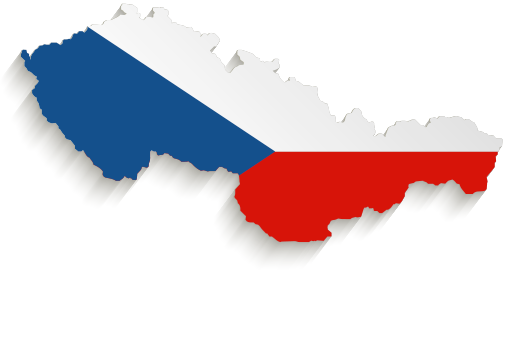(Grant Agreement n. 669194)
The Czechoslovak elite in the long 1970s was shaped by the political turmoil following the invasion of the country by the Warsaw Pact allies (minus Romania) in 1968 and the suppression of the Prague Spring. The Alexander Dubček leadership, which had promoted the reforms known as the Prague Spring, did not last long. In April 1969, Gustáv Husák became the new First Secretary of the party. In May 1969, the Central Committee adopted a document entitled ‘Realisation Direction for the Party Strategy until the 14th Congress’ which effectively enforced state control over the national economy. The half-started reform connected to the Prague Spring was condemned as chaotic and contradicting the rules of the socialist way of life. In June, the so-called stabilisation measures stopped increases in nominal wages and stabilised consumer prices in order to control inflation. The progressively passive balance of payments and the private consumption boost of the late 1960s were to be fought with a strong pro-export policy, an autarky programme and a limitation of foreign debt. This consolidation strategy was intended to endure for a short period of two years, but it eventually defined a substantial part of the 1970s. In order to re-centralise economic planning, the conservative communist leadership argued from the experience of earlier years in which a conservative interpretation of central planning had proven to be useful. This approach would certainly not provide any economic miracles, but it would guarantee modest and stable economic growth.
A purge of the liberal members of the Communist Party of Czechoslovakia led to the creation of a new “normalised” elite, with a large proportion of the former high-ranking party members having to clear the way for conservative pro-Soviet and often second league communists. The ousted communists were stripped of their positions and often handed unqualified blue-collar jobs. In 1969, a federation of Czechia and Slovakia was formally established, with the Communist Party of Slovakia de iure becoming more autonomous. Despite the fact that the main political decisions were made in Prague, the Slovak elite had much room for manoeuvre at the local level. In Slovakia, the purge against liberal communists was much milder, with multiple liberals keeping relatively good political or management positions. Both the Czech and Slovak elites became increasingly technocrat and without strong ideological beliefs, which was beneficial in that it gradually opened the country to collaboration with West European companies and institutions. Unlike those in other countries of the Council for Mutual Economic Assistance (CMEA), the Czechoslovak elite was careful about foreign credits, which only started in the second half of the 1970s. Hence, the debt consequences were easier to deal with.
Czechoslovakia was a founding member of the International Monetary Fund (IMF) and the General Agreement on Tariffs and Trade (GATT). Although its IMF membership was cancelled due to an unacceptable Czechoslovak currency reform in 1953, the country continued to be an active GATT member throughout the period of state socialism. This had a particular benefit for Czechoslovakia. Foreign trade did not depend on bilateral agreements with West European countries and most favourite nation treatment was automatically applied to Czechoslovakia. As for the European Economic Community (EEC), the Czechoslovak elite perceived it to be the Western ideological and economic counterpart to the CMEA. The Czechoslovak elite’s approach was restrained in both communication and policy in the very beginnings of the EEC. Nevertheless, Western economic progress and the development of the Community were studied with rising interest. Czechoslovak journalists regularly added bittersweet comments about the prevalence of West German, French, NATO and global capitalist interests over the wishes of the Community’s small member states.
The importance and danger of the EEC for Czechoslovak foreign trade was highlighted when the individual EEC member states’ rights regarding import contingents from socialist states were limited by EEC rules. The Czechoslovak authorities were no longer allowed to negotiate bilateral agreements with national business partners in the EEC. Czechoslovakia, the Soviet Union and East Germany feared the protectionist EEC policy regarding some very traditional export items, such as steel. Czechoslovakia put pressure on the CMEA to start formulating a policy towards the EEC which would secure the members’ foreign trade interests. In April 1978, Czechoslovakia used the GATT platform to sign a self-limiting sectoral agreement regarding trade in metallurgy goods with the EEC. This agreement was the very first steel arrangement between a CMEA country and the EEC, and the very first official document signed between the ČSSR and the EEC. The steel deal was followed by a similar agreement on textiles in 1982.
* All the texts about Czechoslovakia posted here summarise the research findings of PanEur1970s team member Pavel Szobi, which are published as Pavel Szobi, ‘Czechoslovakia’s Pan-European Relations during the “Long 1970s”’, in Angela Romano and Federico Romero (eds), European Socialist Regimes’ Fateful Engagement with the West: National strategies in the long 1970s (Routledge 2020).
